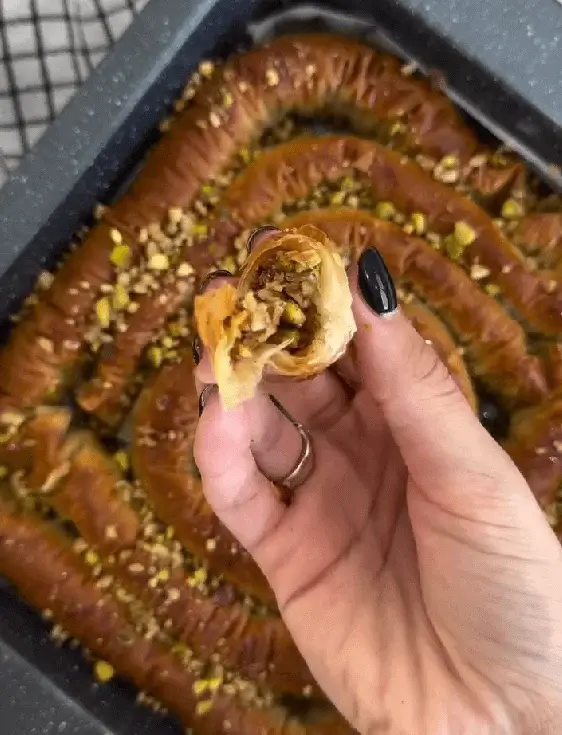No Time: How to Make Baklava at Home
We may earn a commission from recommended products, at no extra cost to you. See Disclosure.
INGREDIENTS
- 300 grams phyllo dough sheets
- 400 grams nut mixture: Pistachios, pecans, and walnuts
- 1 tablespoon cinnamon
- ¼ cup brown sugar
Syrup:
- ½ cup sugar
- ½ cup water
INSTRUCTIONS
- Preheat the oven to 355°F (180°C).
- Combine the nut mixture with the cinnamon and sugar.
- Brush a sheet of phyllo dough with oil and place another sheet on top. Lightly brush with oil and evenly sprinkle the nut mixture over the entire width of the sheet. Roll it into a stick-like shape.
- Slightly push the two edges of the roll inwards and place it in a baking dish. Lightly brush with oil and bake for 20 minutes or until golden brown.
- Meanwhile, dissolve the sugar in water until fully dissolved. When the baklava comes out of the oven, pour the sugar syrup over it and let it soak.
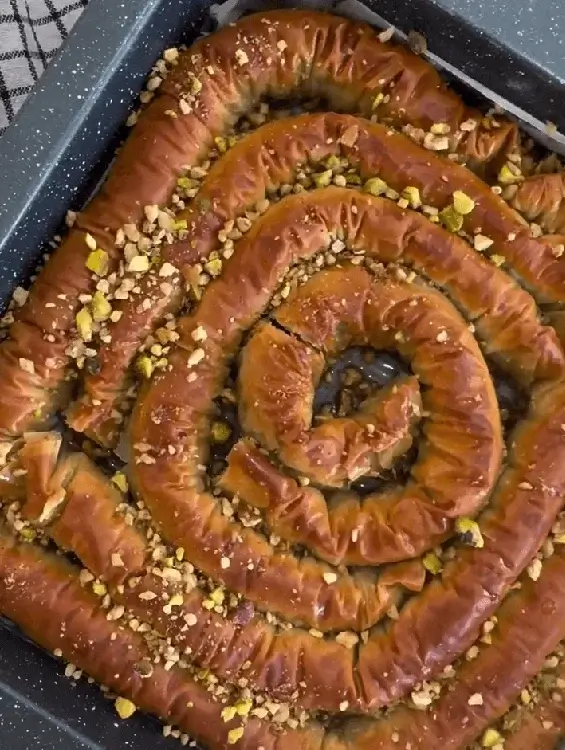
FAQ
Is baklava better warm or cold?
The debate over whether baklava is better warm or cold often hinges on personal preference. Warm baklava offers a delightful contrast of crispy layers and gooey filling, with flavors intensifying upon heating. The warmth enhances the aromatic spices and nuttiness, creating a comforting indulgence. Conversely, chilled baklava presents a refreshing contrast, with its syrupy sweetness tempered by coolness. Cooling also allows flavors to meld, offering a smoother, more harmonious taste. Ultimately, whether warm or cold, baklava captivates taste buds with its decadent layers, making it a beloved treat enjoyed in various ways across cultures and climates.
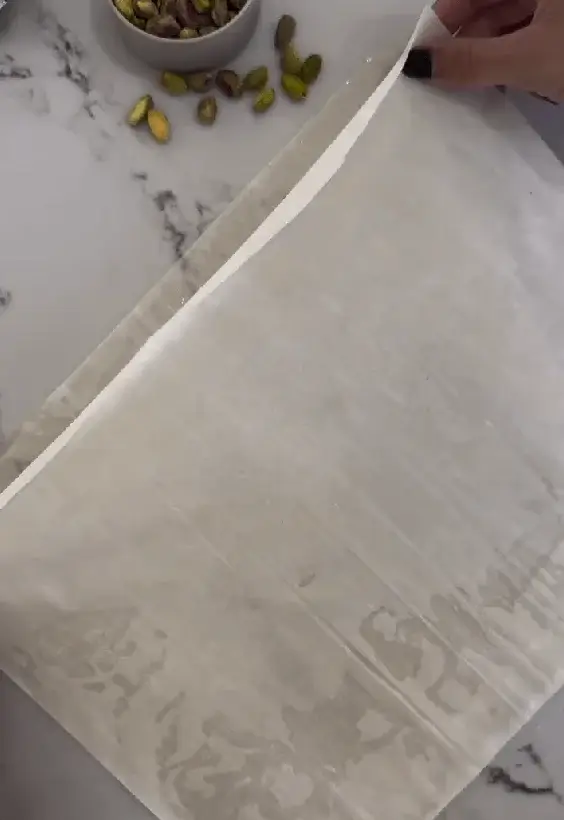
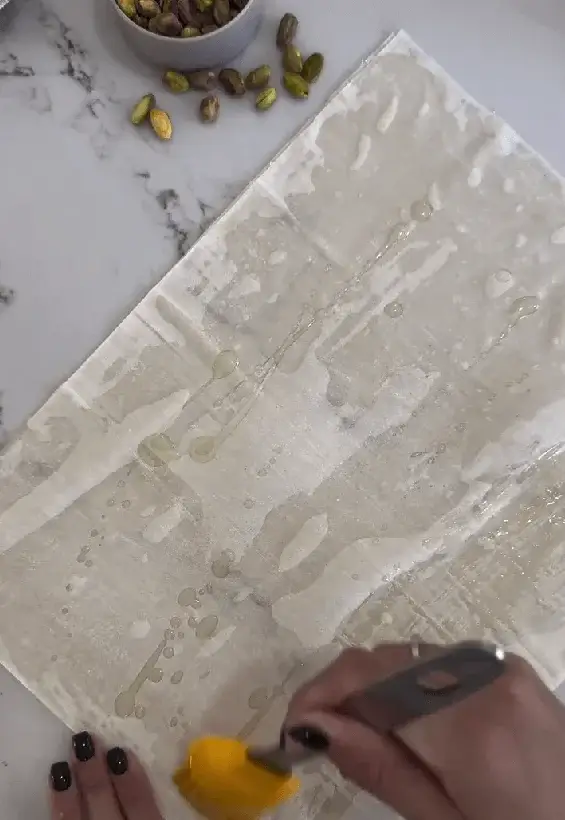
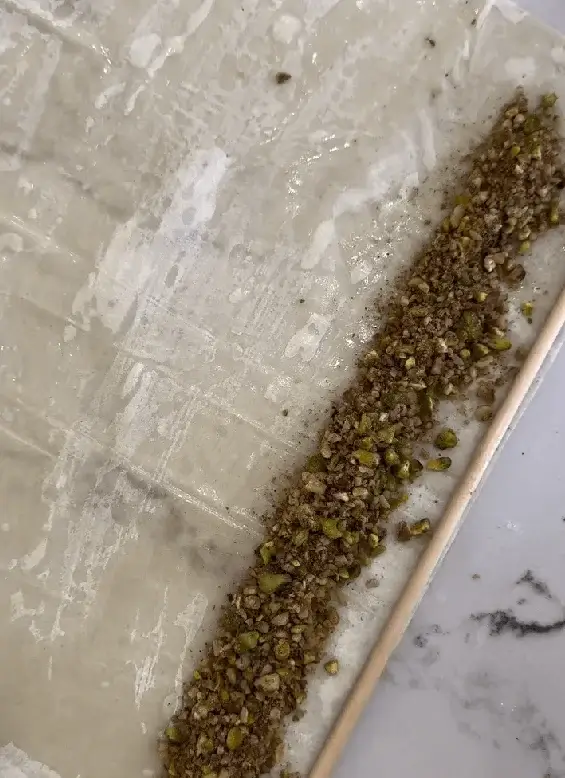
Who really invented baklava?
The precise origin of baklava is debated, with multiple cultures laying claim to its invention. Ancient Greeks are believed to have developed layered dough desserts, possibly inspiring baklava’s creation. However, the dessert gained prominence during the Ottoman Empire, leading to Turkish influence on its modern form. Yet, historical records suggest versions of baklava existed in Central Asia and the Middle East before reaching Greece and Turkey. Ultimately, baklava’s true inventor remains elusive, reflecting its rich multicultural history.
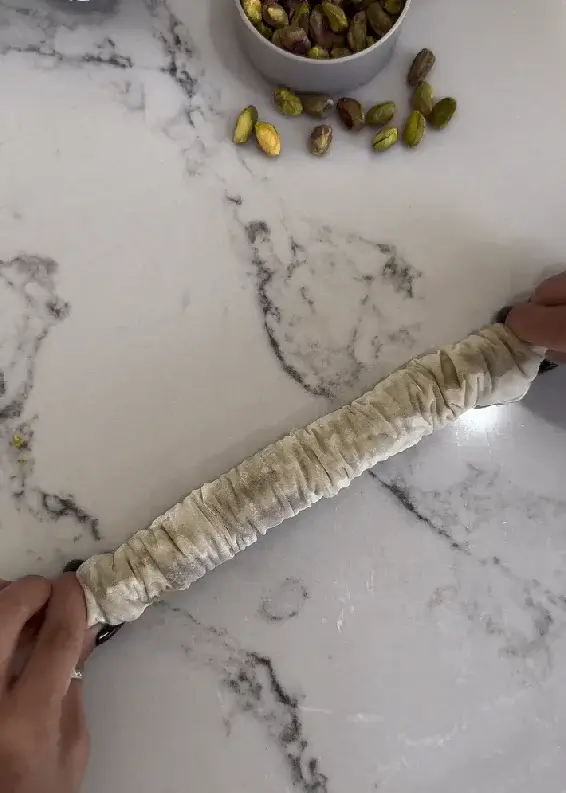
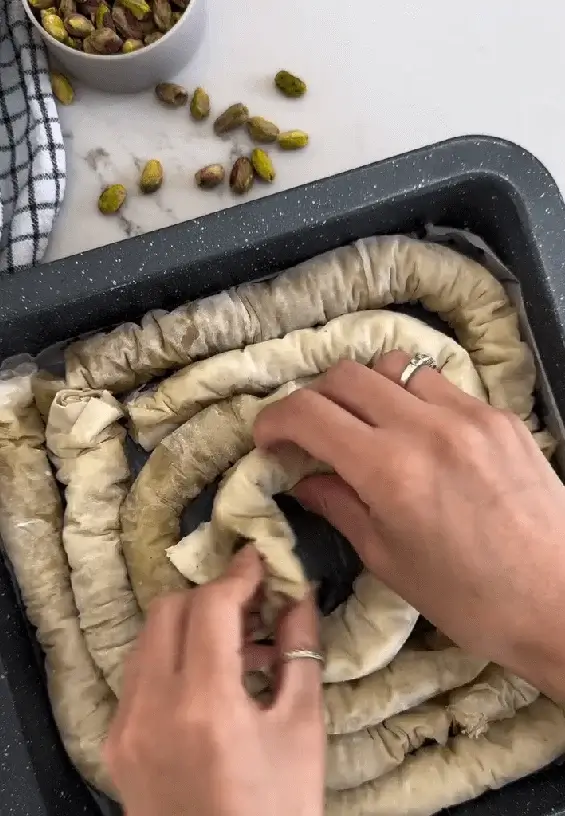
Is it hard to make baklava at home?
Crafting baklava at home presents a moderate challenge due to its intricate layering of phyllo dough, requiring careful handling to prevent tearing. Additionally, preparing the nut filling and syrup demands precision to achieve the desired flavor and texture. Though not overly complex, mastering the art of baklava-making necessitates patience and practice to attain the perfect balance of sweetness and crunch. With attention to detail and practice, homemade baklava can be a rewarding culinary achievement.
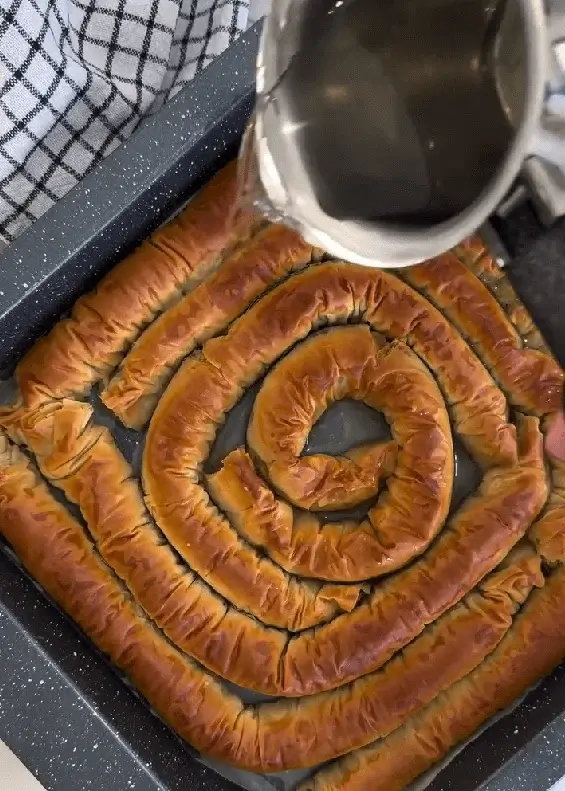
How long will baklava keep?
Baklava typically remains fresh for several days when stored properly. Its longevity largely depends on environmental factors like temperature and humidity. When kept in an airtight container at room temperature, baklava can retain its flavor and texture for up to five days. However, refrigerating baklava extends its shelf life to about two weeks. For longer-term storage, baklava can be frozen for up to six months, ensuring its preservation without compromising taste. Properly sealed packaging and avoiding exposure to moisture are essential for maintaining baklava’s quality over time.
What is a fun fact about baklava?
A fascinating aspect of baklava is its historical journey across diverse cultures. While commonly associated with Middle Eastern and Mediterranean cuisines, similar layered desserts existed in ancient civilizations like the Greeks, Romans, and Persians. Over time, these recipes evolved and blended, resulting in the modern baklava we know today. Its rich history reflects the interconnectedness of culinary traditions, showcasing how cultural exchange has shaped the development of beloved dishes like baklava.
